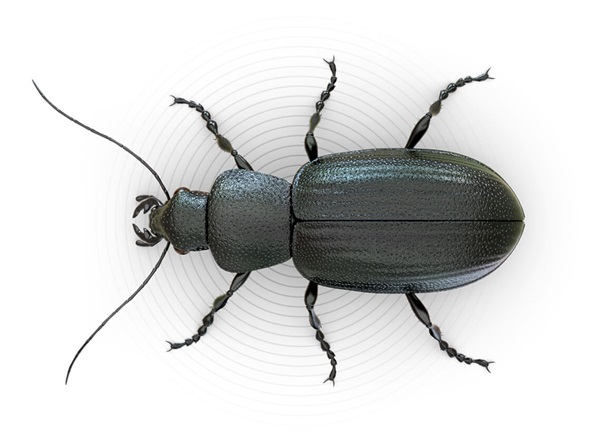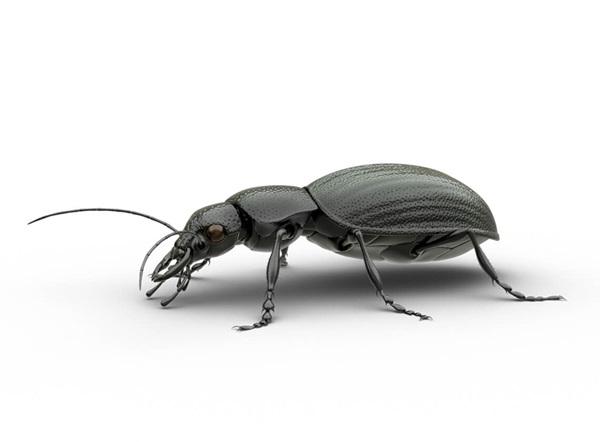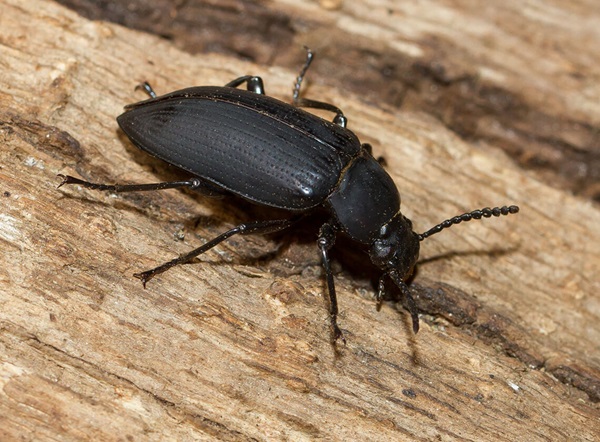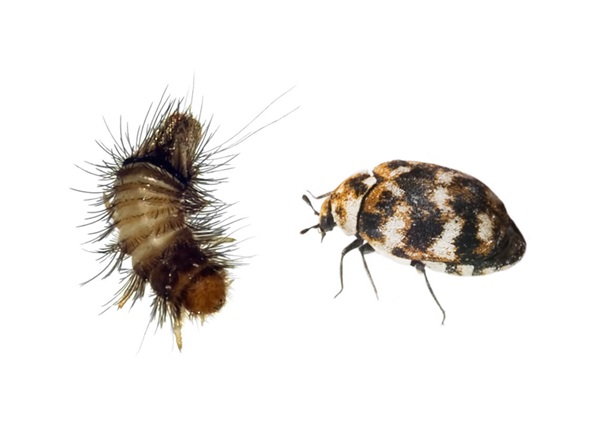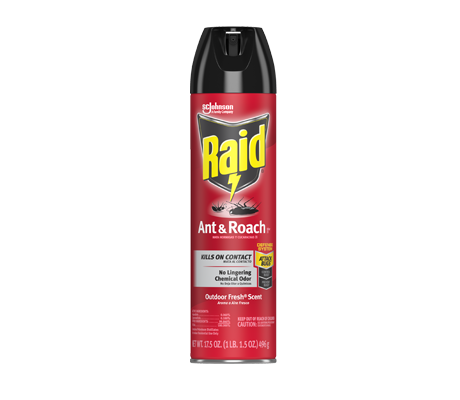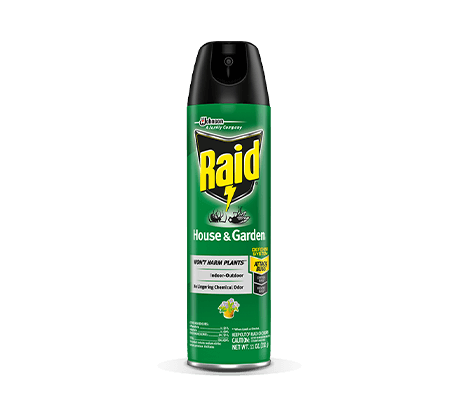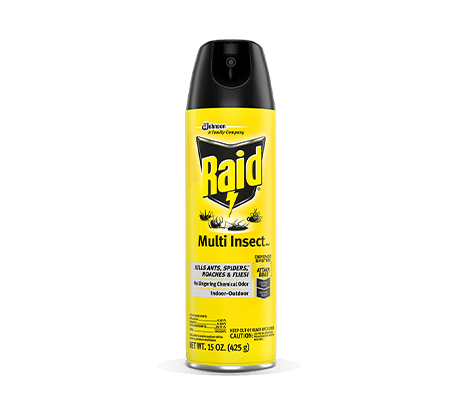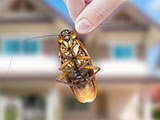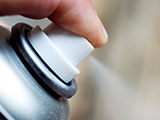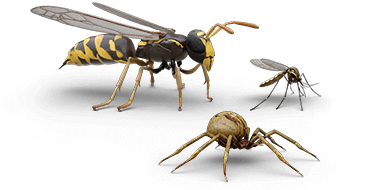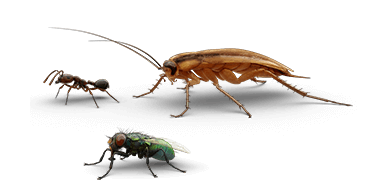Beetles
Coleoptera
-

SIZE
1/4in to 1/2in long
-

COLOR
-

BITE OR STING
No
-

WINGS
Yes
COMMONLY MISTAKEN FOR
General Information
There are an estimated 1.5 million beetle species on earth. Around 350,000 to 400,000 of those beetles have been previously described—that makes up roughly 25% of all described species on earth!1 While many admire these creatures for their ecological diversity and adaptability, most people don’t want them in their homes. And with good reason because some beetle species can infest food and others can damage fabrics, furniture, clothing, and plants. Learn more about this fascinating bug and find out how to help get rid of beetles in your home.
-
Common names for outdoor beetles that come inside are called ground beetles, bark beetles, Asian lady beetles, ladybugs, and May or June bugs.
-
Some adult beetle species are good fliers.
-
Some species are attracted to light and are often found on windows or around plants and flowers.
-
Large clusters of certain types of beetles are often found on the exterior of your home in cooler areas. These beetles are attracted to your home’s warmth and may try to get in for the winter.
Details
-
Outdoors, beetles are frequently found on flowers, tree bark and leaves, in the lawn, or hiding under anything that gives them cover.
-
Beetles typically crawl (some species fly) in from the outside through cracks, crevices, and other openings.
-
Many adult beetles eat plant-based foods or other insects, and some can cause considerable damage to decorative plants and gardens.
-
Some beetle species eat things like stored food, seeds, and certain fabrics.
-
Outdoor beetles may come indoors seeking a warm place to live for the winter.
-
Some beetle species, including carpet beetles, can damage fabrics, clothing, and furniture. Other species—like Japanese beetles—can cause considerable damage to plant life because they feed on leaves, flowers, vegetables, fruits, and field crops.
-
A number of beetle species —including flour beetles, sawtoothed grain beetles, and rice weevils —can be found in your kitchen eating and living in many stored grains and pantry foods.
-
Others are more of a nuisance when they are seen crawling across our floors or around the foundation.
-
Frequently vacuum and clean floors to remove dust and accumulated lint to help get rid of fabric-eating beetles, including carpet beetles.
-
Thoroughly clean areas such as closets and chests before storing clothes.
-
Limit entry into the home by sealing cracks and crevices.
-
Repair holes and loose edges on screens that may allow beetles to enter.
-
Help keep beetles from entering by closing windows and doors.
-
Store food in sealed, air-tight containers to help prevent pantry beetles from infesting your family’s food.
